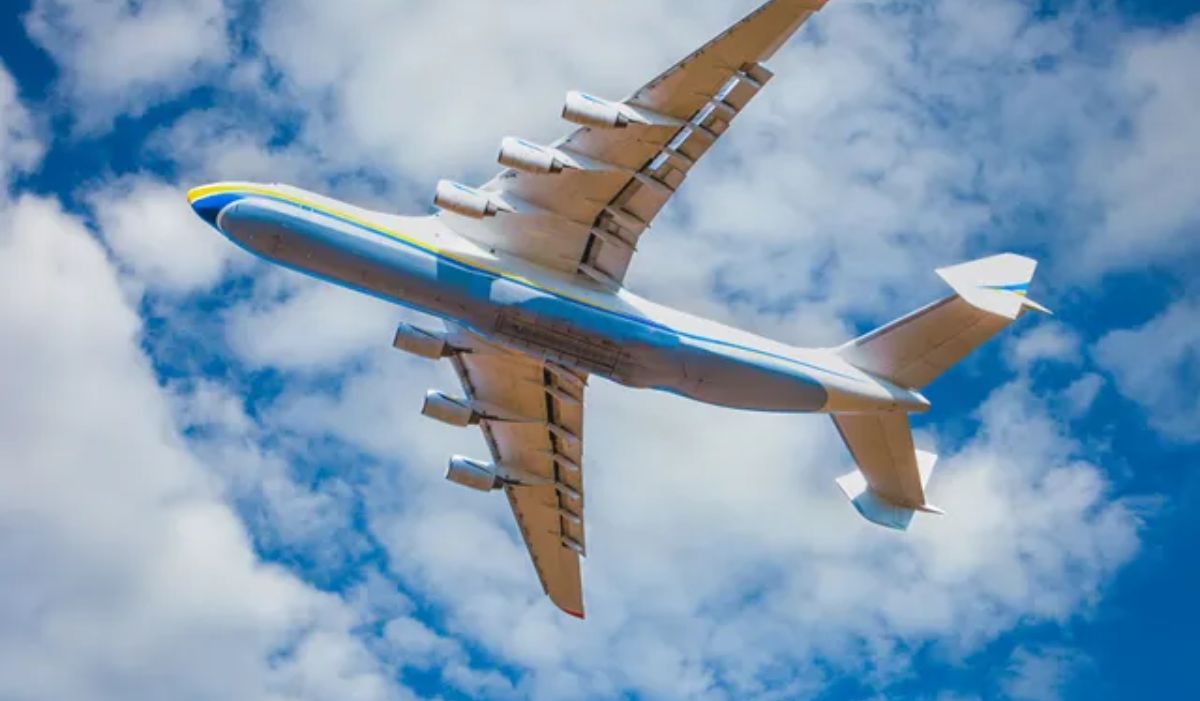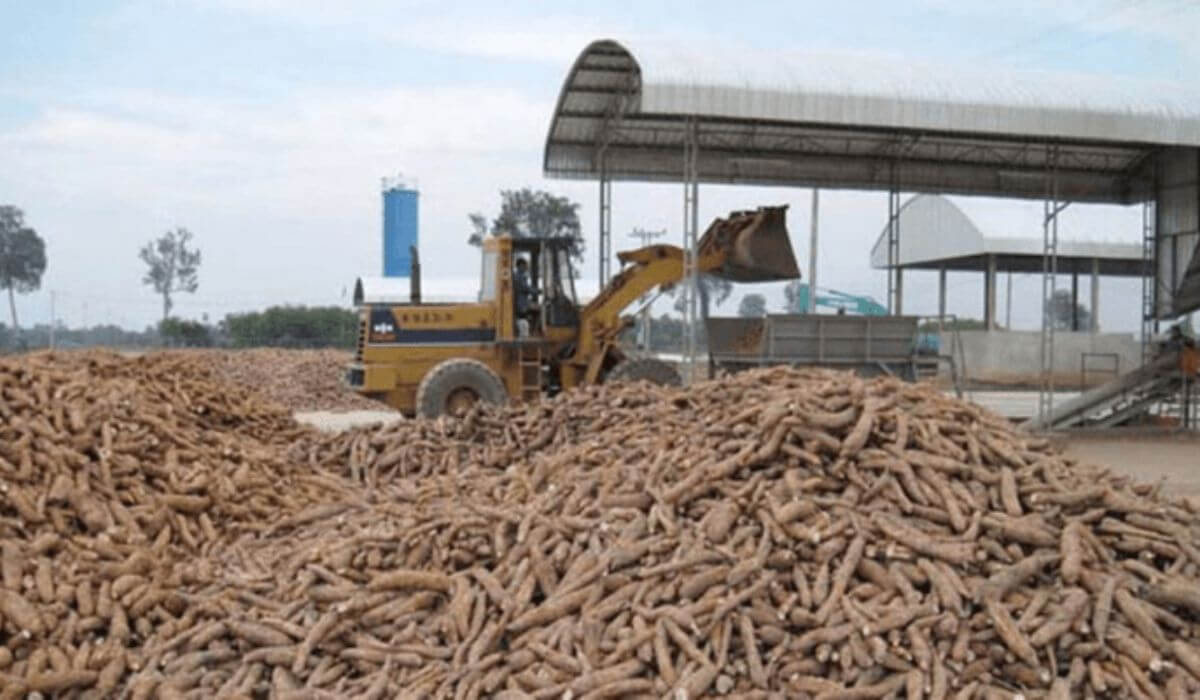IATA: Global Air Cargo Demand Rises as Jet Fuel Costs Fall

Global demand for air freight services saw a modest uptick in May 2025, rising by 2.2% compared to the same period in 2024, according to newly released figures from the International Air Transport Association (IATA).
The increase was buoyed by a 3.0% growth in international cargo movements, despite ongoing challenges in certain trade corridors.
The data further revealed that the average price of jet fuel declined sharply by 18.8% year-on-year and slipped an additional 4.3% compared to April 2025. These lower energy costs may have contributed to the improved performance in air cargo logistics.
Supporting the industry’s growth, global industrial output climbed 2.6% in April 2025. However, air freight expanded at a faster clip—up 6.8%—eclipsing the 3.8% growth recorded in the wider global goods trade during the same period.
“Total demand, measured in cargo tonne-kilometres (CTK), rose by 2.2% compared to May 2024 levels (+3.0% for international operations),” the IATA report read in part.
It added, “Year-on-year, world industrial production rose 2.6% in April 2025. Air cargo volumes grew 6.8% over the same period, outpacing global goods trade growth of 3.8%.
“Jet fuel prices in May 2025 were 18.8% lower than the previous year and 4.3% below the previous month.”
However, IATA also pointed out uneven results across different global air freight routes. The Asia–North America corridor, for instance, experienced a sharp 10.7% contraction in cargo traffic.
IATA’s Director General, Willie Walsh, linked the drop to adjustments in U.S. customs regulations, especially concerning low-value e-commerce parcels. Still, he praised the industry’s resilience, noting that logistics firms are adapting by altering flight paths, optimising schedules, and employing other dynamic strategies.
The report also highlighted a 2.0% rise in global air cargo capacity for May, including a 2.6% increase for international services. April’s cargo volumes continued to outpace overall goods trade, showcasing air freight’s growing importance in the global supply chain.
Nonetheless, broader economic concerns remained evident. Manufacturing activity shrank in May, with the global Purchasing Managers’ Index (PMI) dipping to 49.1, signalling contraction. Export orders also stayed weak at 48, indicating ongoing strain on global commerce.
On a regional level, carriers in the Asia-Pacific saw the strongest growth, recording an 8.3% year-over-year increase in demand. Airlines in the Middle East, Latin America, and Europe also reported gains, albeit more modest. In contrast, North American airlines saw demand plummet by 5.8%, while African carriers noted a 2.1% drop despite capacity growing by 2.7%.
Geopolitical volatility and regulatory shifts continue to shape market outcomes, IATA concluded, although indicators suggest the industry remains agile and positioned for recovery.





